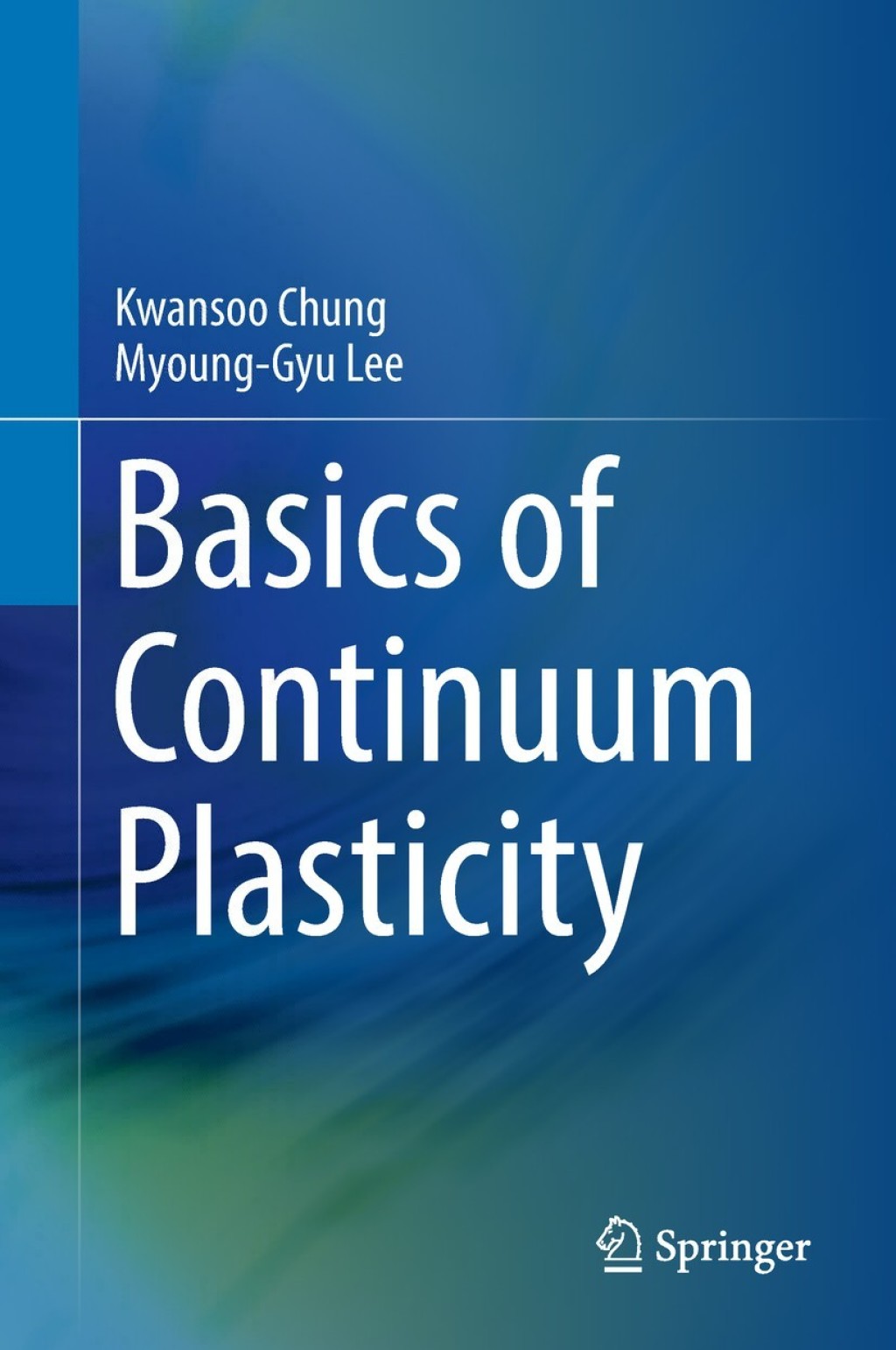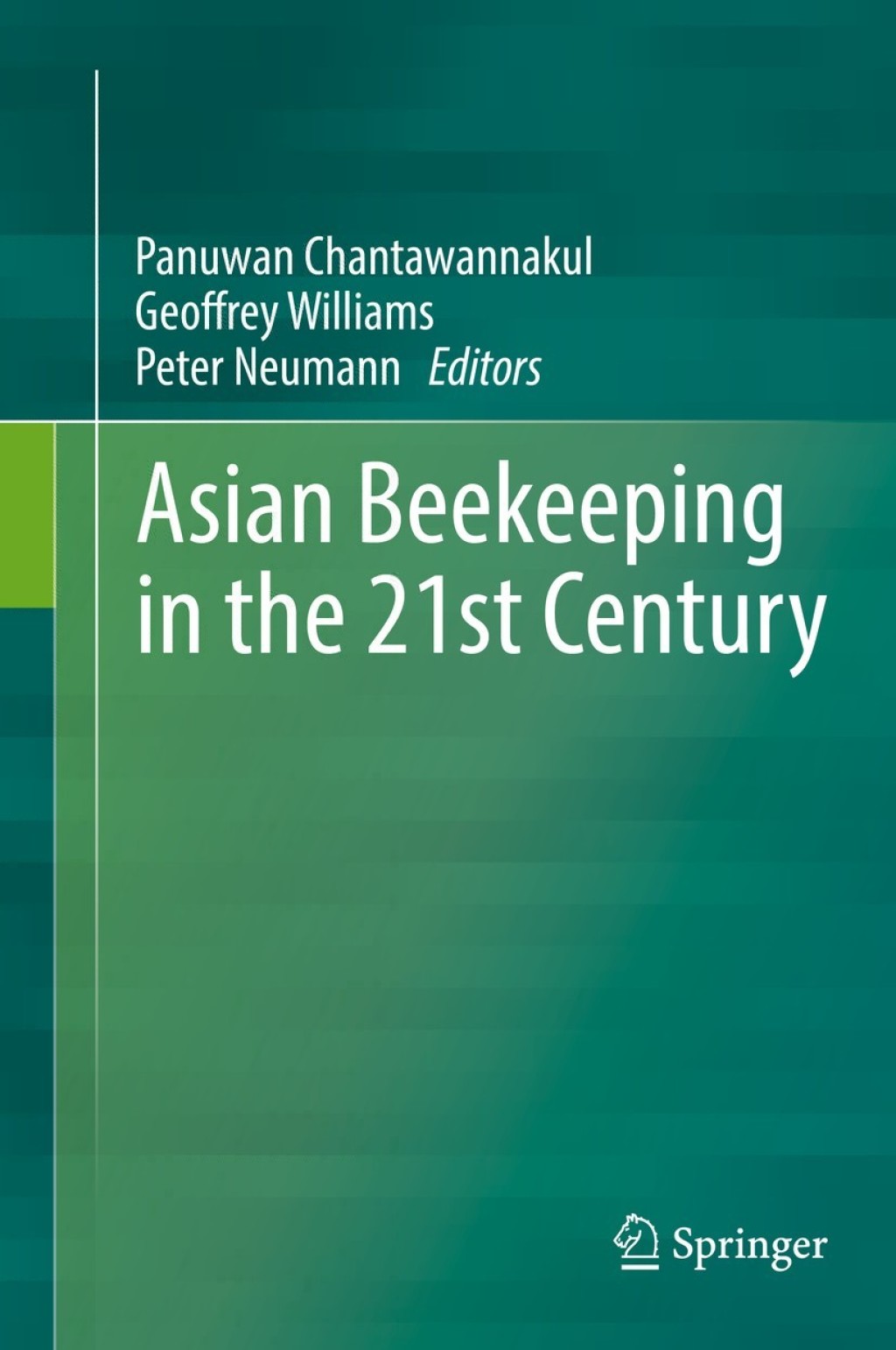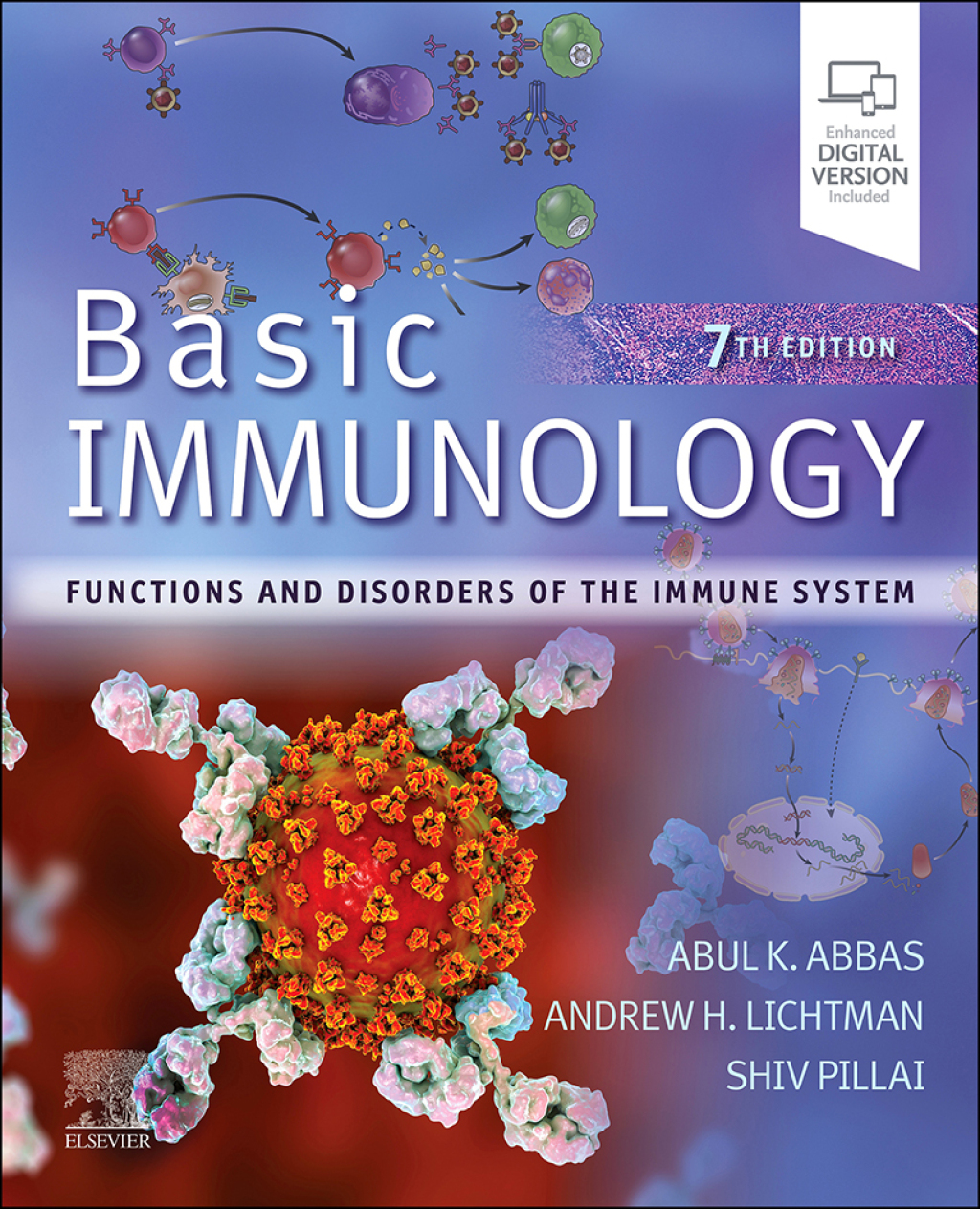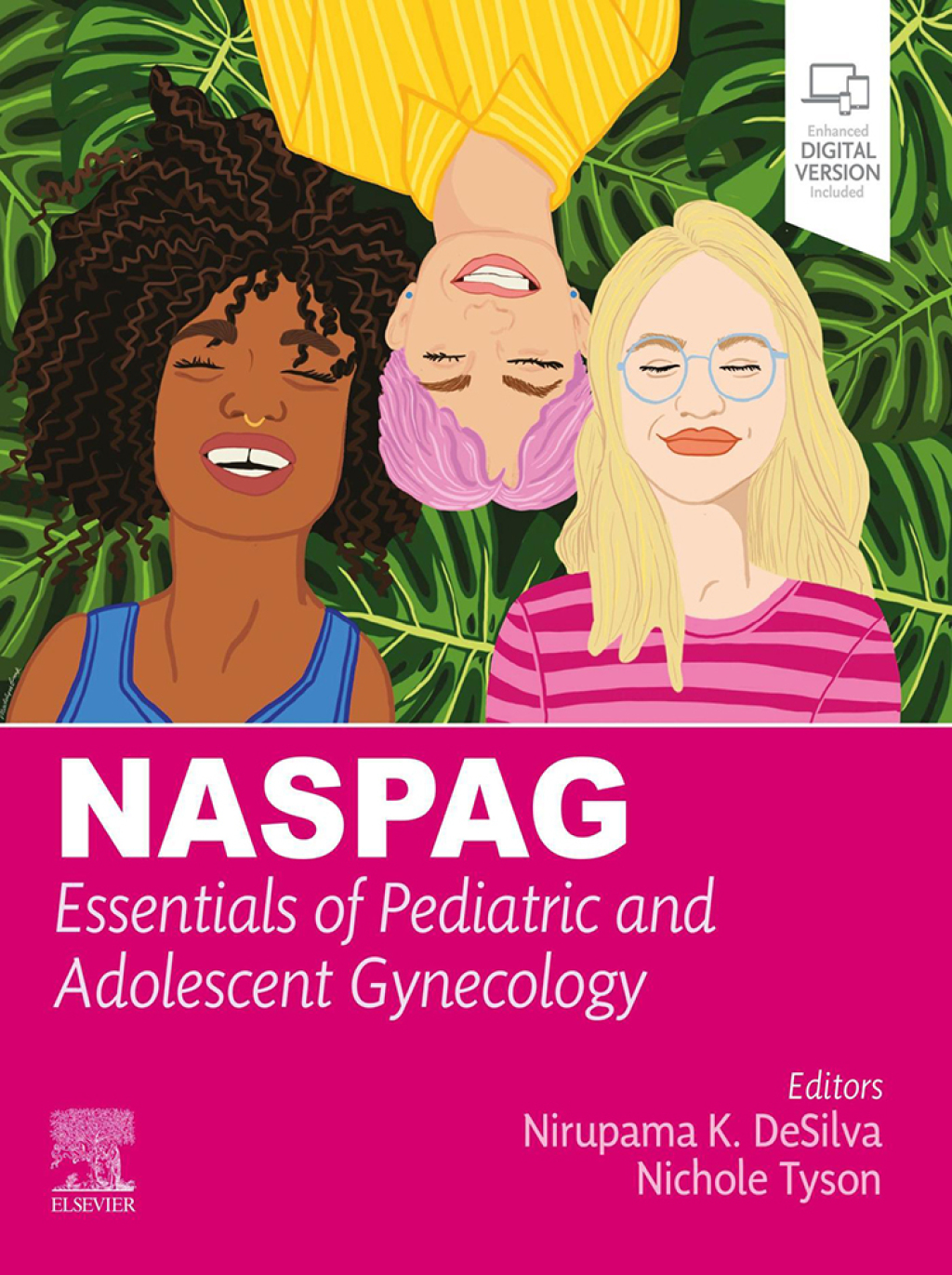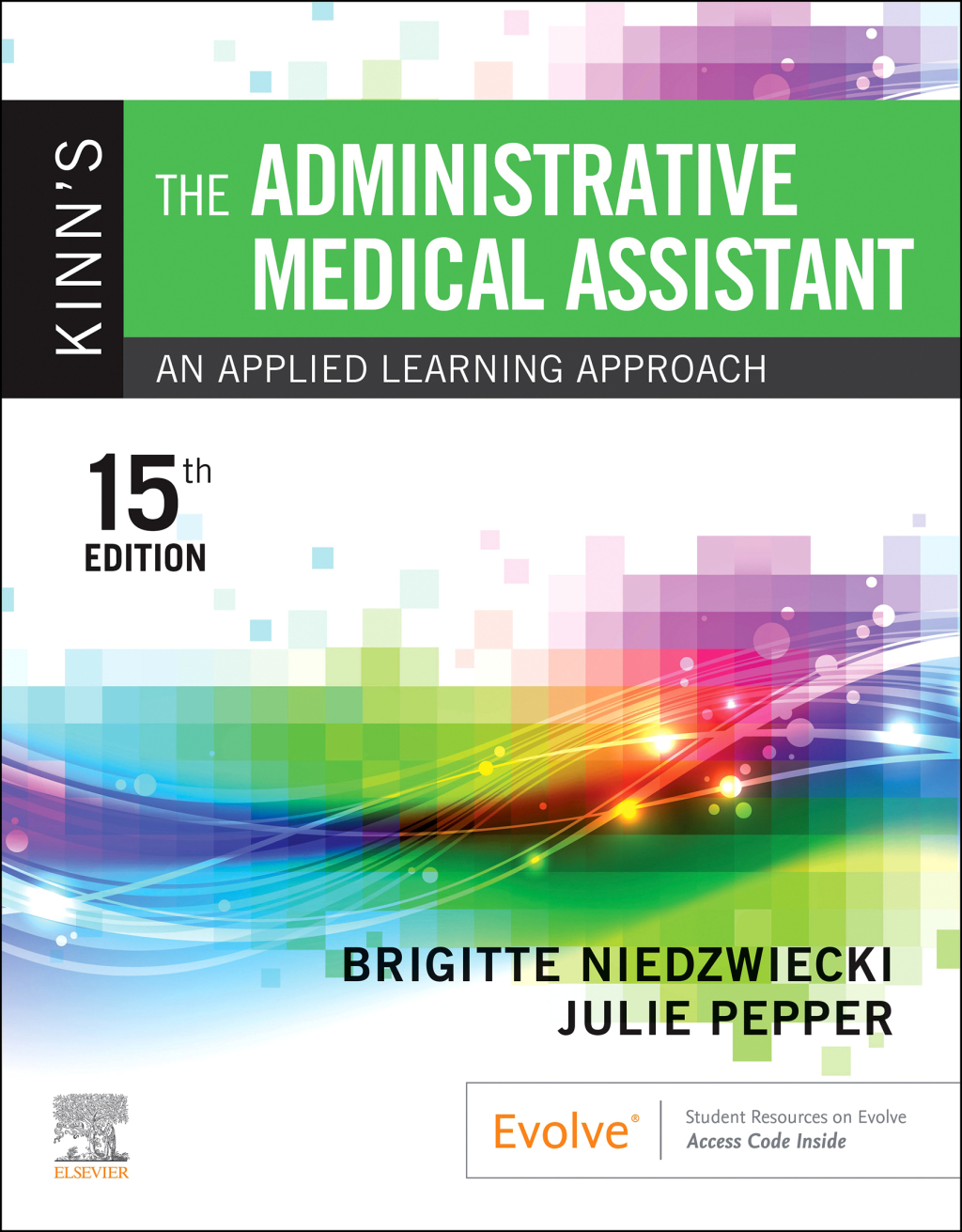From the perspective of local scientists, this book provides insight into bees and bee management of Asia, with a special focus on honey bees. Asia is home to at least nine honey bee species, including the introduced European honey bee, Apis mellifera. Although A. mellifera and the native Asian honey bee, Apis cerana, are the most commonly employed species for commercial beekeeping, the remaining non-managed native honey bee species have important ecological and economic roles on the continent. Species distributions of most honey bee species overlap in Southeast Asia, thus promoting the potential for interspecies transmission of pests and parasites, as well as their spread to other parts of the world by human translocation. Losses of managed A. mellifera colonies is of great concern around the world, including in Asia. Such global colony losses are believed to be caused, in part, by pests and parasites originating from Asia such as the mite Varroa destructor, the microsporidian Nosema ceranae, and several bee viruses. Taking advantage of the experience of leading regional bee researchers, this book provides insight into the current situation of bees and bee management in Asia. Recent introductions of honey bee parasites of Asian origin to other parts of the world ensuresthat the contents of this book are broadly relevant to bee scientists, researchers, government offi cials, and the general public around the world.
“Avery’s Neonatology Board Review Certification and Clinical Refresher 2nd Edition” has been added to your cart. View cart
Asian Beekeeping in the 21st Century
Author(s):
Publisher: Springer
ISBN: 9789811082214
Edition:
$39,99
Delivery: This can be downloaded Immediately after purchasing.
Version: Only PDF Version.
Compatible Devices: Can be read on any device (Kindle, NOOK, Android/IOS devices, Windows, MAC)
Quality: High Quality. No missing contents. Printable
Recommended Software: Check here


